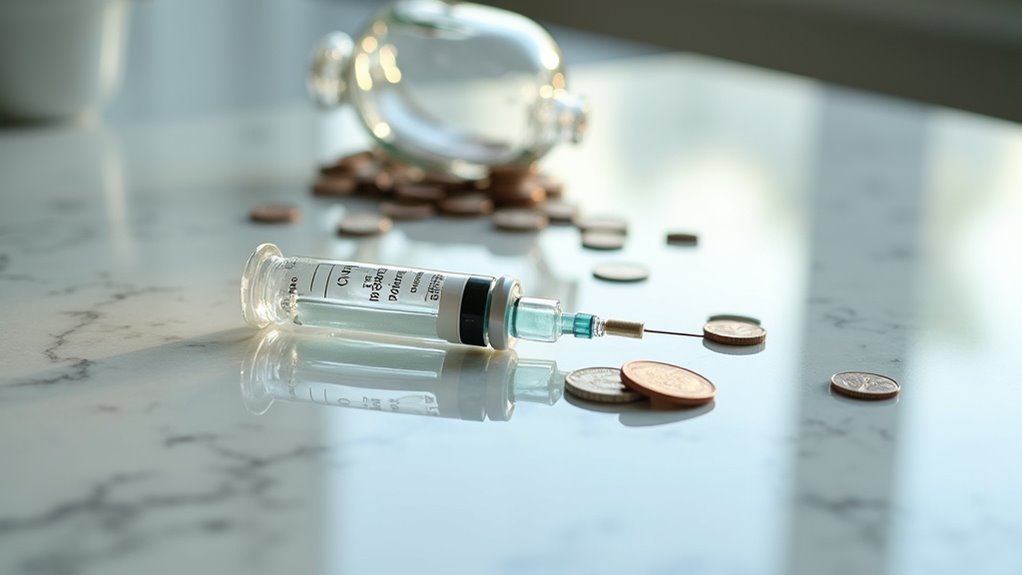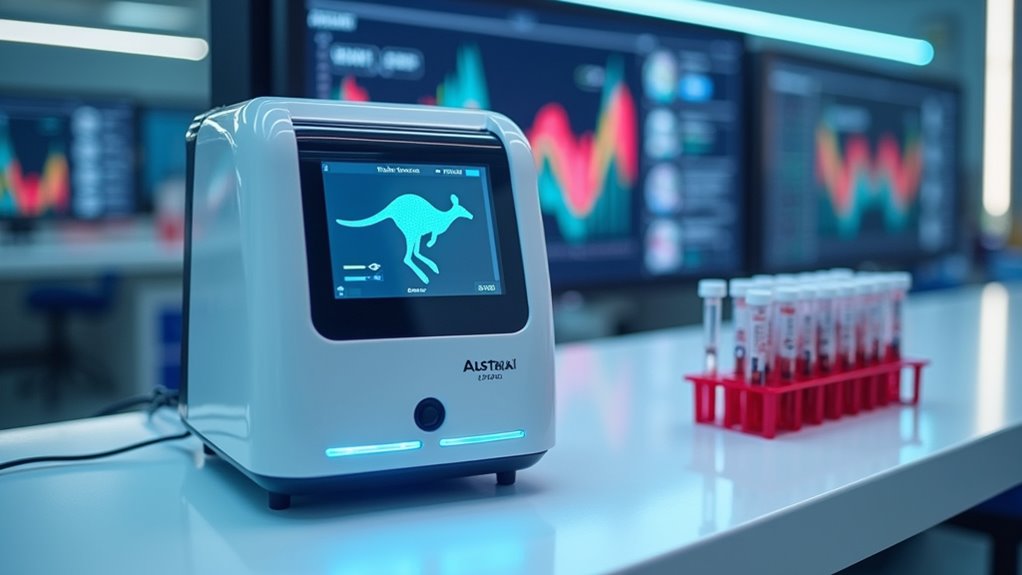Millions of diabetes patients worldwide may soon toss their insulin needles in the trash. No joke. Researchers at Mount Sinai discovered a drug called harmine that boosted human beta cell mass by 300%. Combine it with GLP-1RA drugs? That number jumps to 700%. Talk about a game-changer.
The financial drain from diabetes is staggering. Over 500 million people affected globally. Endless insulin purchases. Doctor visits. Complications. But science is finally catching up to this wallet-emptying disease.
Alpha cells converting to beta cells? That’s the latest breakthrough. These cellular shapeshifters might be the key to regenerating insulin factories in the pancreas. Clinical trials are moving forward. Fast. High blood pressure affects nearly three-quarters of adults with diabetes, making treatment even more critical.
Scientists discover alpha cells transform into insulin-producing beta cells—nature’s own pancreatic repair system in action.
Meanwhile, Harvard’s VX-880 therapy is showing real promise. One patient with long-standing Type 1 diabetes experienced restored islet cell function. Translation: their body started doing what it should’ve been doing all along. The treatment uses embryonic stem cells to create pancreatic islet cells. No more lifetime dependency on insulin? That’s the goal.
The Diabetes Research Institute isn’t sitting on their hands either. They’ve developed a biological scaffold for insulin-producing cells. Some transplant recipients haven’t needed insulin for over a decade. A decade! Remember when we thought Type 1 was a forever sentence?
Even Type 2 diabetes might have an exit door. Bariatric surgery and caloric restriction are resetting metabolisms. People are watching their diabetes symptoms vanish after lifestyle changes. Who knew eating less could accomplish what billions in pharmaceutical research couldn’t?
Of course, we need more than just diet tips. The DRI’s revolutionary BioHub mini organ mimics the natural pancreas function and could transform how we manage blood sugar levels permanently. The research points to a multi-pronged approach—combining regenerative therapies with immune system fixes and lifestyle changes. Mount Sinai’s 600 research labs are working tirelessly to integrate these breakthroughs into real-world clinical applications.
The future of diabetes treatment isn’t daily management. It’s a cure. And it’s about time. Because dealing with this disease isn’t just annoying—it’s expensive, time-consuming, and completely unnecessary in a world smart enough to fix it.








